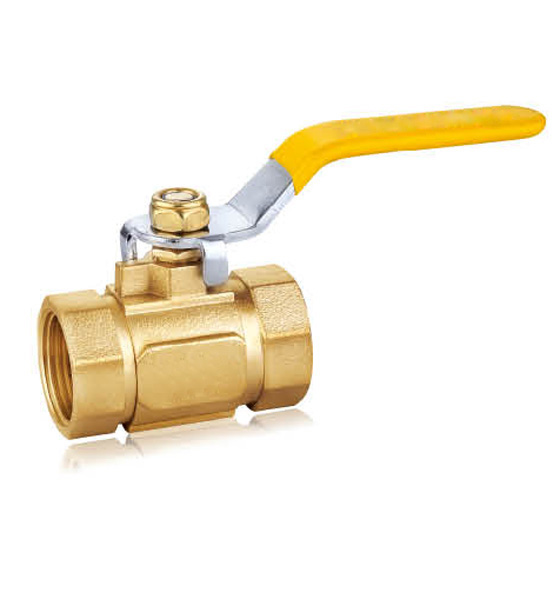Are you in need of a brass ball valve for your plumbing system? Look no further! In this comprehensive guide, we will walk you through everything you need to know about choosing the right brass ball valve for any application. Whether you’re a professional plumber or a DIY enthusiast, this guide will provide you with the knowledge and insights to make an informed decision.
What is a Brass Ball Valve?
A brass ball valve is a type of valve that controls the flow of liquid or gas through a pipeline. It consists of a hollow ball with a hole in the middle and a lever or handle that can be turned to open or close the valve. Brass ball valves are known for their durability, corrosion resistance, and versatility, making them suitable for a wide range of applications.
Advantages of Brass Ball Valves
- Durability: Brass is a strong and long-lasting material, making brass ball valves highly durable and capable of withstanding high pressures and temperatures.
- Corrosion Resistance: Brass is resistant to corrosion, making brass ball valves ideal for use in plumbing systems where they may come into contact with water or other corrosive substances.
- Versatility: Brass ball valves can be used in various applications, including residential, commercial, and industrial settings. They are suitable for controlling the flow of water, oil, gas, and other fluids.
Types of Brass Ball Valves
- Full Port Ball Valves: These valves have a larger ball opening, allowing for maximum flow and minimal pressure drop. They are commonly used in applications where high flow rates are required.
- Standard Port Ball Valves: These valves have a smaller ball opening, resulting in a slightly reduced flow rate. They are suitable for applications where a lower flow rate is acceptable.
- Multi-Port Ball Valves: These valves have multiple ports, allowing for more complex flow configurations. They are often used in applications where the flow needs to be diverted or combined.
Installation and Maintenance
- Make sure the pipeline is clean and free from debris before installing the valve.
- Use appropriate sealants or thread tape to ensure a tight and leak-free connection.
- Follow the manufacturer’s instructions for proper installation and tightening torque.
Maintenance Guidelines
- Regularly inspect the valve for any signs of leakage or damage.
- Lubricate the valve’s moving parts to ensure smooth operation.
- Replace any worn-out seals or components to maintain optimal performance.
Conclusion
Choosing the right brass ball valve is essential for the proper functioning of your plumbing system. By considering factors such as material, size, pressure rating, and end connection, you can select a valve that meets your specific requirements. Remember to follow the installation and maintenance guidelines to ensure long-term durability and performance.


